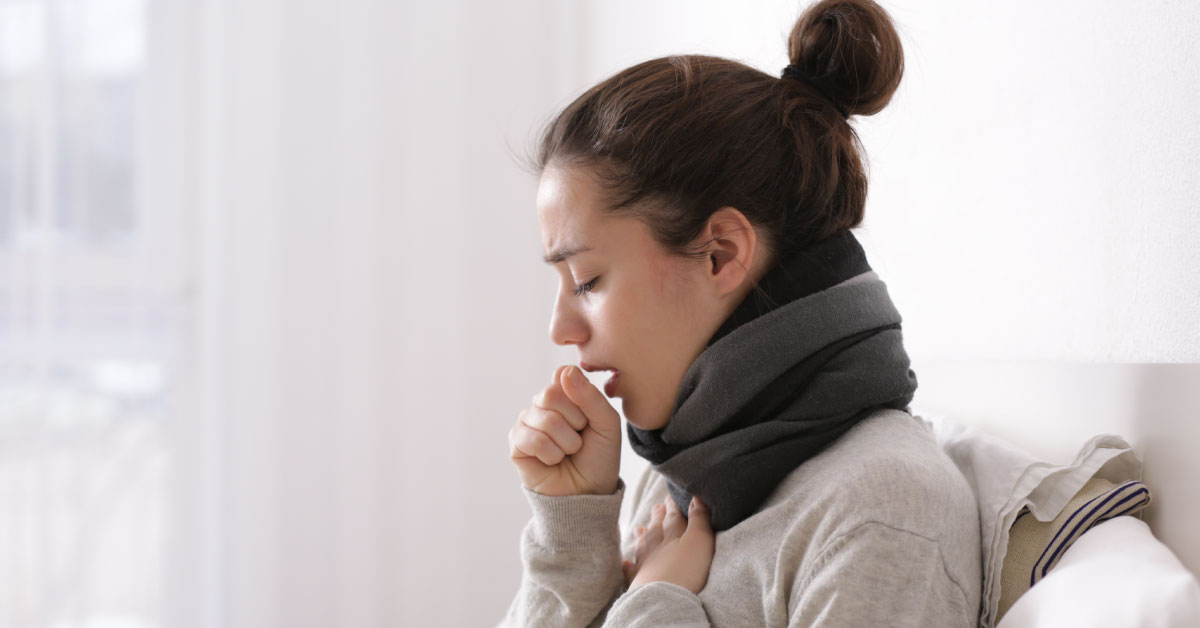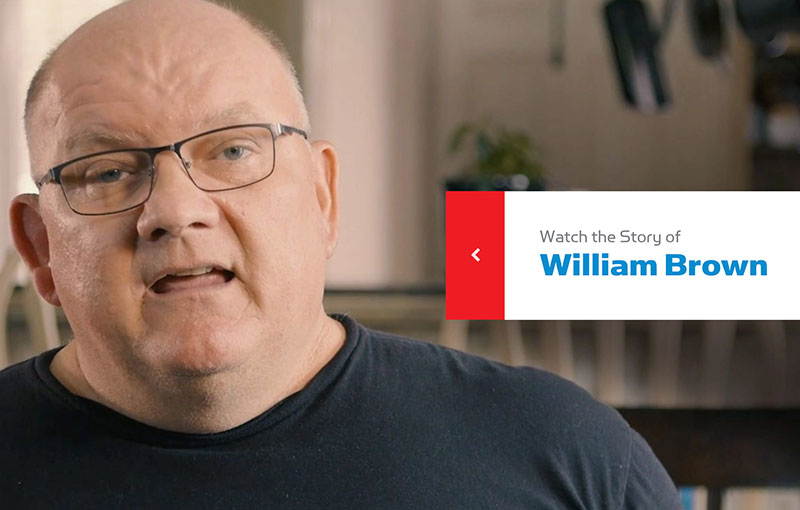What is Chronic Obstructive Pulmonary Disease (COPD)?

Have you – or a loved one – been suffering from shortness of breath? Does your condition make it difficult for you to do normal everyday activities? You may dismiss it as merely a sign that you are getting older, however, it is essential for you to discuss your symptoms with your health provider. What you are experiencing may be a symptom of a more serious issue called Chronic Obstructive Pulmonary Disease (COPD).
What is Chronic Obstructive Pulmonary Disease
Chronic Obstructive Pulmonary Disease (COPD) is a group of chronic, progressive lung diseases. According to the World Health Organization, it is the 3rd top cause of death globally. Millions of Americans are suffering from it; however, it’s comforting to know that the disease is both preventable and treatable. There is no cure for COPD, but it is treatable. Hence, early diagnosis and treatment are keys to slowing its progression.
A person with COPD has inflamed or enlarged airways in the lungs, causing breathing-related issues. This obstruction in the airflow means that less oxygen is getting into your body, making it harder for you to eliminate carbon dioxide.
This Chronic Obstructive Pulmonary Disease (COPD) Awareness Month, let us know more about the causes, symptoms, and treatments of this preventable disease.
COPD Causes
In the U.S., most risk factors associated with COPD are related to tobacco smoke, as well as breathing in smoke and polluted air. Respiratory infections, breathing in second-hand smoke, working with dust, chemicals, and fumes, as well as genetic factors also play a role. As mentioned, early detection may change the course and progress of the disease.
Complications of COPD
Chronic Obstructive Pulmonary Disease may cause additional health issues, which include:
- Heart problems like heart attacks or heart disease.
- Respiratory infections like colds, flu, and pneumonia.
- Lung cancer.
- High blood pressure in the arteries of the lungs, commonly called pulmonary hypertension.
Effects of COPD
Those with COPD are more likely to:
- Be depressed.
- Be unable to perform daily tasks.
- Have activity limitations such as climbing stairs or simply walking.
- Have memory loss or increased confusion.
- Need special equipment to aid in breathing like oxygen masks.
- Have more overnight hospital stays or ER visits.
- Have other chronic diseases like congestive heart failure, arthritis, coronary heart disease, diabetes, asthma, or stroke.
Symptoms of COPD
COPD may be fatal if left untreated, so do not ignore the following symptoms:
- Shortness of breath
- Chronic cough
- Chest tightness
- Frequent respiratory infections
- Fatigue
- Wheezing
- Producing a lot of phlegm
- Weight loss
- Swelling of legs, ankles, or feet
During your doctor’s visit, be prepared to talk about the following:
- Your symptoms
- If you have a smoking history
- Family members who have the same disease
- Exposure to air pollution, second-hand smoke, dust, or chemicals
Treatment for COPD
To make a diagnosis, your physician may order different tests, like:
- Chest X-ray
- Lung function tests
- CT scan
- Laboratory tests to rule out other conditions
- Arterial blood gas analysis
Your physician might want to explore these treatment options:
- COPD medications – not all patients have the same symptoms, so the medications will vary depending on your symptoms and needs.
- Supplemental oxygen – your doctor might advise that you use a portable oxygen tank so you can still continue to do everyday tasks without breathing difficulties
- Pulmonary rehabilitation – pulmonary rehabilitation programs may help you rebuild strength. These programs typically involve education, nutrition advice, exercise, and counselling.
- Palliative care – the main focus of this medical specialty is to help the patient improve their quality of life. It is available from the diagnosis, treatment, stress, and pain that come with having the disease.
A Chronic Obstructive Pulmonary Disease diagnosis may seem scary and will change your life, however, gain comfort knowing that there are many ways to live with it and manage the disease. Discuss the best treatment options with your physician. It is also important that you get the mental and emotional support that you need. The American Lung Association offers helpful resources for finding support.
As always, if you find yourself in a medical emergency, Physicians Premier, your Cibolo, TX emergency room, is near you to provide compassionate and time-sensitive care, 24/7.
Sources:
“Chronic obstructive pulmonary disease (COPD),” World Health Organization, https://www.who.int/news-room/fact-sheets/detail/chronic-obstructive-pulmonary-disease-(copd)“Chronic Obstructive Pulmonary Disease (COPD),” American Lung Association, https://www.lung.org/lung-health-diseases/lung-disease-lookup/copd
“Annual smoking-attributable mortality, years of potential life lost, and productivity losses — United States, 1997–2001,” Centers for Disease Control and Prevention
“Chronic obstructive pulmonary disease, hospital visits, and comorbidities,” National Survey of Residential Care Facilities, 2010
“COPD,” Mayo Clinic, https://www.mayoclinic.org/diseases-conditions/copd/symptoms-causes/syc-20353679


